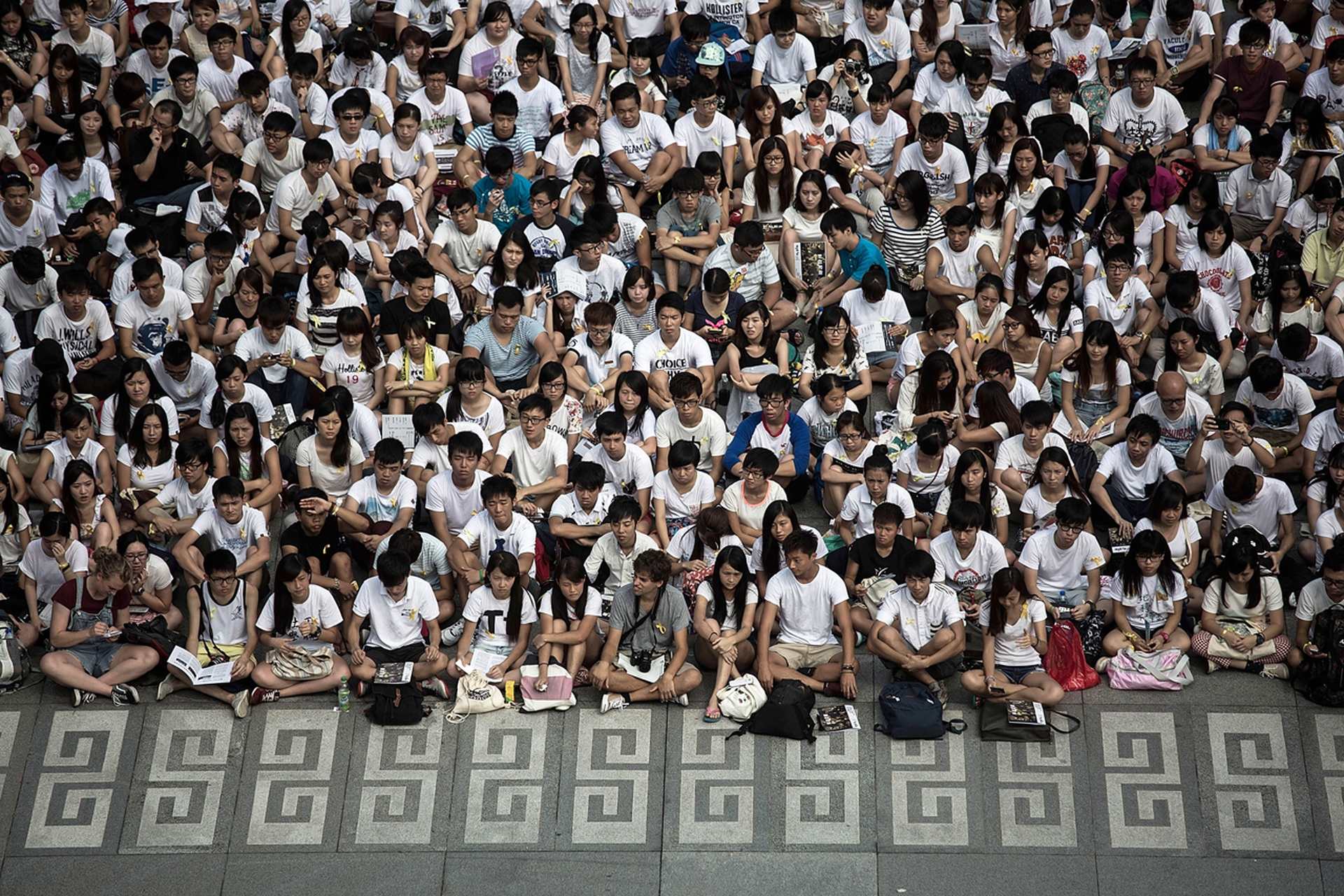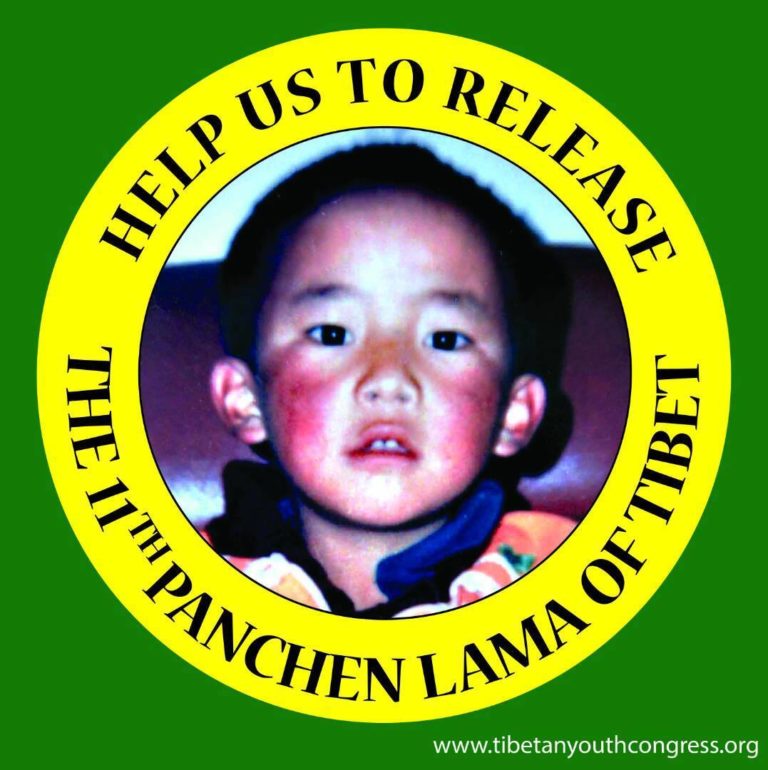

Were built in time for the 1959 anniversary. Two enormous structures, the Great Hall of the People and the Museum of Chinese History, Military parades were an annual ritual through the rest of the decade. (aggression) and aid (North) Korea” (抗美援朝). This effort formally began on October 8 and the ensuing struggle is known in China as the war to “resist U.S. By then fighting on the Korean peninsula had been going on for three months and China’s government was preparing to send forces to support North Korea. The 1949 military parade that would become the center of China’s largest national day celebrations lasted some three hours and featured more than 16,000 soldiers. He concluded by saying that the new government would establish diplomatic relations with any country “willing to observe the principles of equality, mutual benefit, and mutual respect of territorial integrity and sovereignty.”

Ten days later, Mao stood atop Tiananmen (the Gate of Heavenly Peace) and announced that he would also serve as state president and chair of the central military commission while Zhou Enlai 周恩来 would be premier and Zhu De 朱德 would head the army. We have stood up.” He went on to note that the PRC’s state system, the people's democratic dictatorship, would be used to protect the revolution against domestic and foreign enemies. On September 21, 1949, Chinese Communist Party Chairman Mao Zedong 毛泽东 addressed the first session of the People’s Republic’s provisional government saying, “Ours will no longer be a nation subject to insult and humiliation. Photo by felibrilu (Creative Commons).Īrmored vehicle on Beijing streets during 60th anniversary pararde rehearsal. Here we note sixty years of marking the establishment of the People's Republic. On September 12, Zhou Yongkang 周永康, one of China’s top leaders, said China’s current security campaign is a “people’s war.” Zhou, one of the nine members of the Communist Party’s Politburo Standing Committee, said that maintaining the social stability in and near Beijing in the run-up to the October 1 national day celebrations was the party-state’s central concern. Last month’s dress rehearsal involved some 200,000 people. Millions will watch these films and will also tune in for television coverage of China’s national day parade.

PICTURE OF DENG XIAOPING STRUGGLE SESSION FREE
Last week Beijing cinemas began passing out a free ticket for every purchased ticket. Many of those going to see these films will do so for free.
PICTURE OF DENG XIAOPING STRUGGLE SESSION MOVIE
Two thousand prints of the film have been produced – nearly one for every two commercial movie screens across the country. J ianguo daye (建国大业 or “The Founding) features many of China’s best known stars and will be released on September 17. So it is no surprise that this year’s national day is receiving particular attention.įorty “tribute films” began screening on August 20.

Milestone and in earlier times a person’s 60th birthday was the first one celebrated by one’s family. Tang Guoqiang is Mao and Zhang Ziyi (center, back) is a women's representative in The Founding (China Film Group) In Chinese culture, 60 has long been seen as a special October 1st is China’s national day and this year marks the 60th anniversary since the 1949 founding of the People’s Republic. This article is based on the September 9 and September 16 issues of Talking Points, the USC U.S.-China Institute's weekly newsletter.


 0 kommentar(er)
0 kommentar(er)
